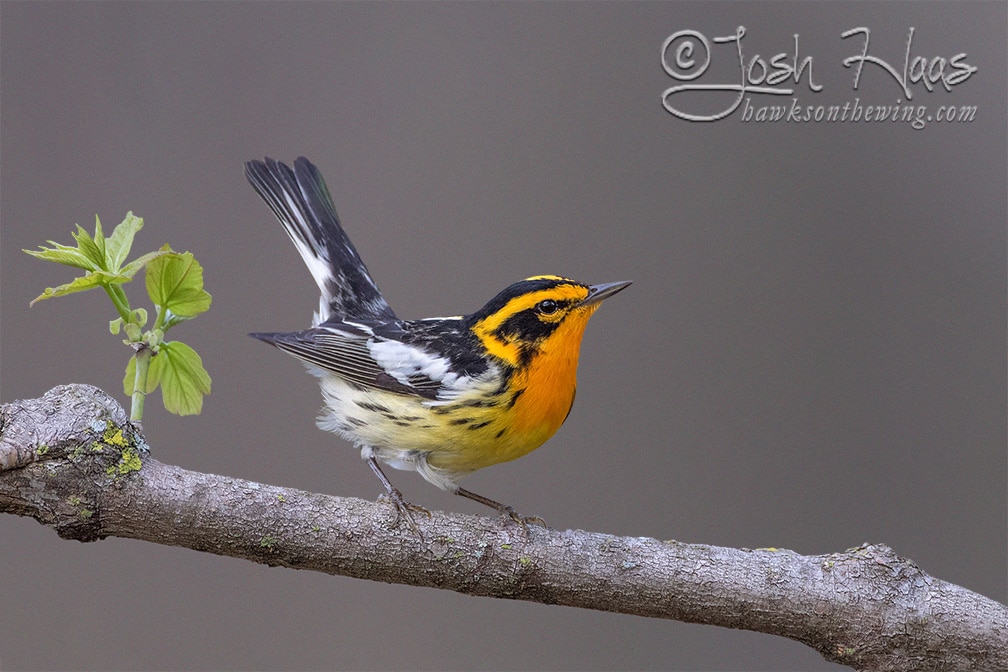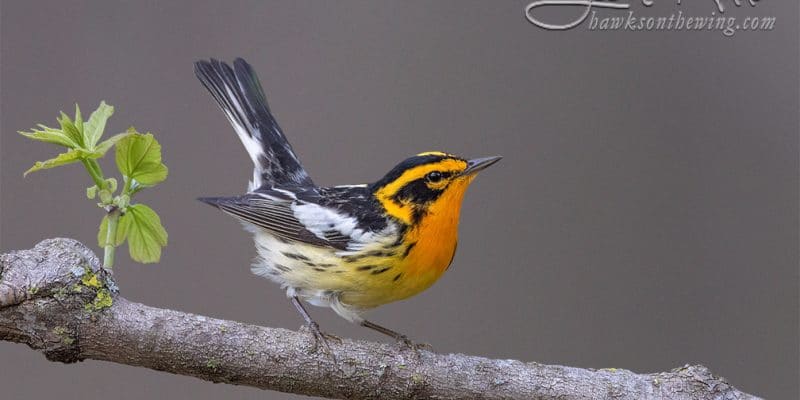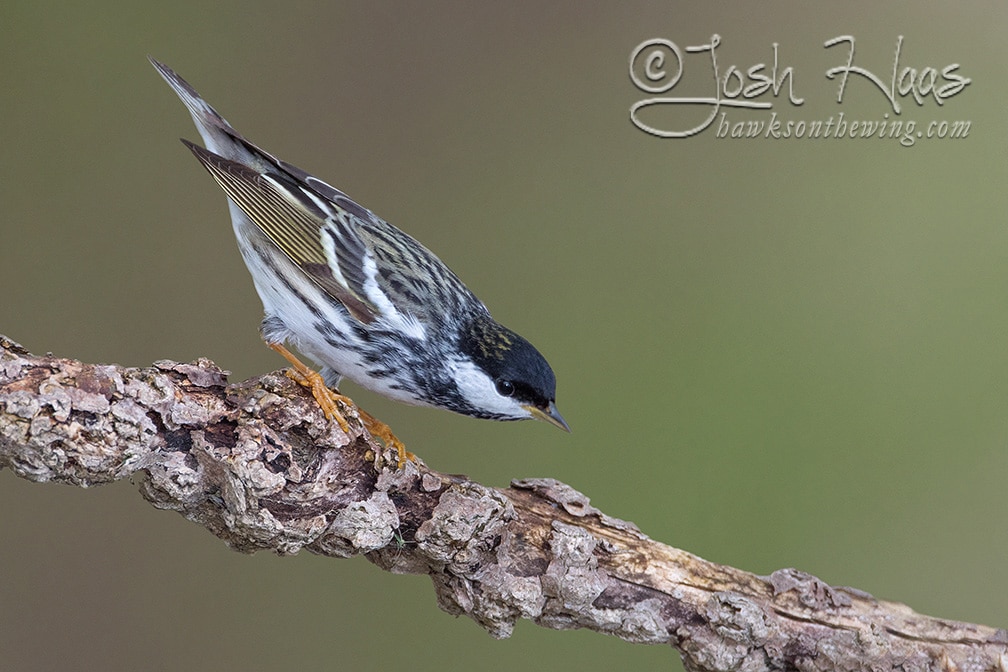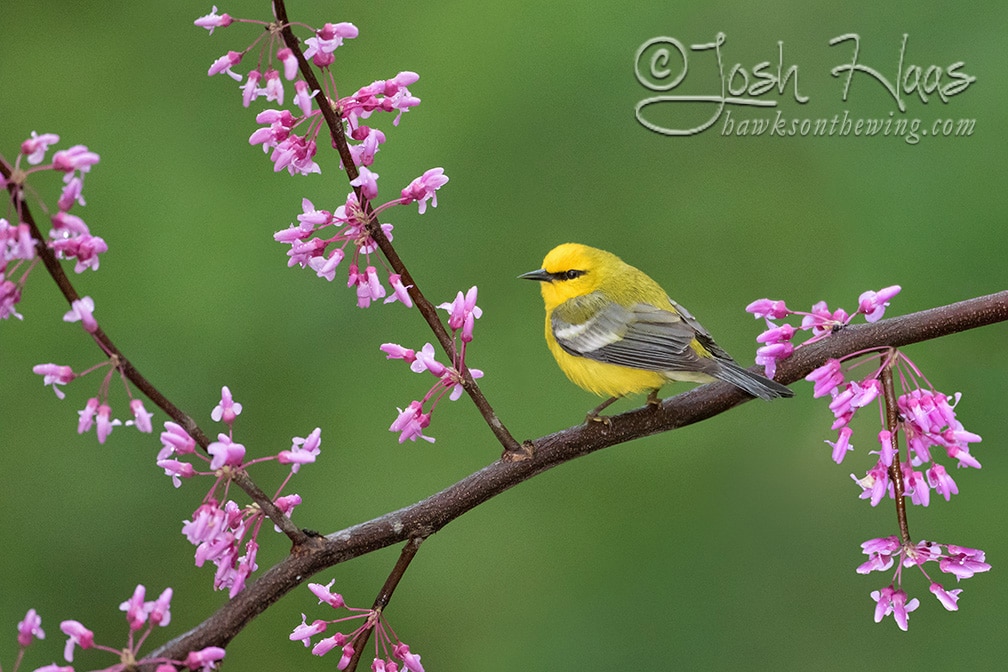
In the Midwest, Magee Marsh is THE place to witness the spring migration of these tiny gems. Typically, 37 different species make a pass through Magee each spring. It’s not easy to see all 37 in the same trip as species arrival dates differ but a trip in the first part of May can easily yield 20+ species of Warbler. Magee falls in the category of stopover traps in migration. Think of these stopover points as giant rest areas for birds. Sitting on around 2000 acres of mixed habitats, Magee is located about 45 minutes east of Toledo, OH on the south shores of Lake Erie. This Great Lake is the main reason so many birds stop and re-energize before making the journey across to well-known Pelee Island and Pt. Pelee on the Ontario side.
Magee’s mixed habitats offer an abundance of much needed fuel for the birds before heading on in their Northward journeys. Warblers are mostly insectivores and because of this, they are most often seen in the forest canopies. This typically makes them difficult to find. At Magee, however, it’s been said that the Warblers can be dripping from the trees when the timing is right. Many of the Warblers here are much lower, feeding incessantly, and in easy view for visitors. This makes for not only amazing learning experiences but sweet opportunities for non-birdwatchers to catch “the birding bug” as they experience birds in a whole new way. There is nothing better than seeing people of all ages exclaim in pure excitement as a Blackburnian Warbler, which they’ve never seen before, is feeding no more than 4 feet away. The rich colors and the snap of the beak as the bird catches insects would drop the jaws of even the hardest of critiques.
While the first part of May brings a frenzy of excitement when many Warblers return to the Midwest, several other species are also moving through in big numbers. A morning hike to a local trail system can easily yield decent bird lists. Check out eBird for helping finding a local trap near you.



